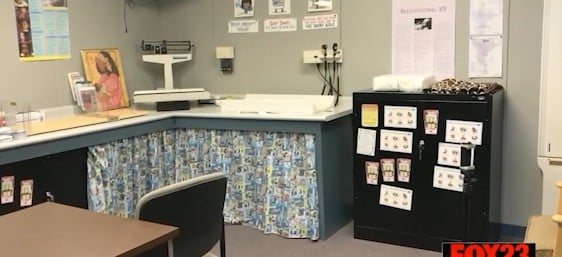Illinois to incorporate universal lead testing for children by 2026

ILLINOIS(KBSI) – The Illinois Department of Public Health has announced they are expanding childhood testing for lead exposure. The department shares that they are moving towards universal lead testing by 2026, as they have slowly incorporated more stringent standards on lead testing.
The Illinois Department of Public Health says they have seen a 53% increase in children testing positive for lead exposure since expanding testing.
Children exposed to lead can have learning and growth difficulties.
Illinois has adopted a more stringent standard, which requires medical intervention for tests that show a confirmed blood lead level of 3.5 micrograms per deciliter (µg/dL). In those cases, a home inspection is conducted to determine the source of the lead contamination. If lead is found, the inspector works with the homeowner to remove the sources of lead. In addition, a public health nurse will contact the family about ways to protect children from the harmful effects of lead.
Shawnna Rhine is the Community Outreach Coordinator for the Southern Seven Health Department.
“Well, right now in the state of Illinois, we are starting to see an increase in the number of children who are testing positive for lead and that’s because earlier this year, the state adopted more stringent standards on testing. So we want parents to be very aware that it could be something that does impact their region. Starting next summer, the state will be testing all children under the age of six. So, we’ll continue to see those numbers rise, but eventually they will stabilize and hopefully go back down” says Rhine.
Since 2010, around 42,000 children in the state have tested positive for elevated levels of lead, around 2.5% of all who were tested. However, since testing did not cover everyone, it’s possible that as many as 28,000 children in the state who were not tested could be at risk.
To have your child tested for lead exposure you can contact your local health department or discuss with your child’s pediatrician.


